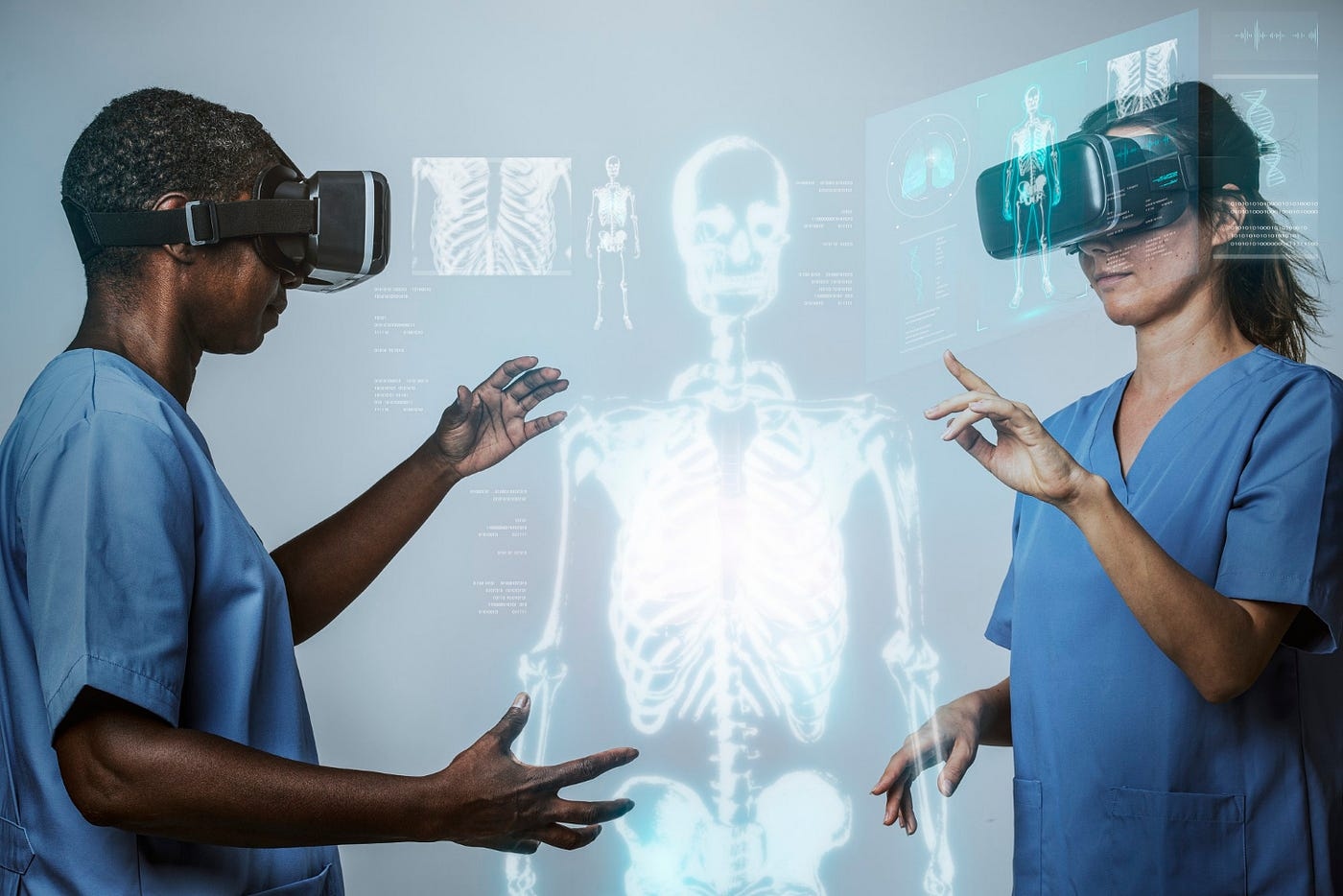The term ‘digital’ in 2018 is a dangerous one. We all live in a complex mixed reality where the confines of digital and non-digital channels are blurred. The focus is rightly on integration with and augmentation of the human experience. That being said, when we look at health, people turn to digital channels first when seeking help and when looking for on going support, digital and especially mobile, are the future of interventional relationships between healthcare providers, pharmaceutical companies and patients. When designing patient support programmes with a digital element these are the 5 key foundations you need to bear in mind:
1. Integration
Designing robust channel architecture is essential to the success of a patient support programme. This forms two basic parts: understanding the user and how to utilise the correct channels that both integrate with the patient’s lifestyle and a use of technology, and the capacity to build an ecosystem of channels that form a truly unified whole. Historically, digital patient support has focussed on a web presence, which by its very nature is not interventional. The integration of contextual support that can provide meaningful interventions through mobile is essential now for virtually all chronic conditions and patient demographics (even more so for those from lower social demographics). Making sure that the support programme is integrated into the healthcare professionals systems is also key. For HCPs it is essential it is accessible when needed at the point of care, it is simple to use and doesn’t add further bureaucracy into prescription process. Where possible it should always improve or at very least support best clinical practice. You should also look to integrate data systems such as electronic health records or approved data storage systems. We also shouldn’t forget other services that need to be smoothly integrated such as nurse call centre support and home delivery services, if applicable.
2. Personalisation
Living with a chronic condition is difficult and people have very individual attitudes and behaviours manifesting in unique support and interventional needs. Personalisation is therefore crucial to the design of a meaningful support programme. In 2015 we need to be delivering to a segment of 1, providing bespoke personal experiences for patients tailored to the individual rather than attempting to utilise organisationally defined segmentation models, often built around old fashioned ‘high’ or ‘low’ risk assessments focussed on adherence. This challenge can be split into two sections, technical and strategic. Technically there are two forms of personalisation, the up-front registration and the capacity to tailor and refine content through behaviour. We would recommend utilisation of the latest in user interface design to capture key demographic, disease and attitudinal signals in less than 30 seconds. If you know someone’s age, familial situation, key disease parameters and basic hopes and fears you can provide an incredibly personalised environment from the start. There is also the opportunity to do this at the HCP registration phase if the questions support clinical practice. The capacity to refine the experience through monitoring of behaviour is even more powerful, however. For example, there is now the capacity to build an algorithm to construct Interest Graphs of users, mapping their online behaviour to deliver personal experiences through understanding what people ‘mean’ when they interact with content. This sophisticated programme is called dimensionality reduction and enables us to deliver the right content to the patient at the right time and in the right format. Added to this is the capacity for crowd sourced collaboration, applying other patients’ behaviour to enable serendipity and discovery. Strategic personalization is focused on deep patient understanding, building in-depth user profiles and overlaying with key disease and interventional markers to build sophisticated content maps that bring the technology to life.
3. Connectivity
When we talk of connectivity people will obviously immediately think of connected health in the context of technology that encompasses programs in telehealth, remote care (such as home care) and disease and lifestyle management. It often leverages existing technologies such as connected devices including prevalent smartphone technology, and is associated with efforts to improve chronic care. The integration of mobile technology is key but requires a separate blog post to cover the key pillars of context, connectivity and clinical relevance. If your patient support programme doesn’t enable a patient to better track and understand their health, connecting through a user’s phone at the very least (and possibly utilising key wearable and other connected devices that measure key biometric measures) then the design is almost certainly wrong. As discussed with regard to integration, true connectivity should encourage symmetry of data between the patient, carers and family and the HCP.
4. Emotional Resonance
Human beings are not rational; instead our attitudes and behaviours are emotionally driven. This is especially highlighted when it comes to health related behaviours, if your patient support programme doesn’t have a real emotional resonance with the user then it will not be possible to modify behaviour and deliver improved clinical outcomes. The design process needs to build on the deeply understood patient profiles with the application of behavioural design concepts, processes and techniques. We focus on
• Behavioural Economics. People often make decisions that are not in their best interest. Traditional interventions for influencing behaviour often fail because they assume that people make decisions in a rational way. Applying behavioural economic theory offers a potentially richer set of tools to understand and influence behaviours.
• Gamification. We can utilise the powerful systems central to games to non-game applications, vastly improving engagement. The systems we employ involve setting goals, defining the right rules, designing user centred feedback systems and social interactions.
• Motivational design builds on gamification techniques to enable the design of experiences that support the psychological needs of the user. Design is constructed around instruction, environment and motivation. It is a user-centred process that seeks to understand the motivational dimensions of a user’s personality and aims to make positive changes to these characteristics. These techniques are based the 3 foundations of procedures, activities and emotions
5. Clinical Relevance
Beyond the pill initiatives (BTP) have been discussed at great lengths for many years within the pharmaceutical industry. In truth the focus has never ranged too far from the medicine, instead focussing on supporting usage of the pharmaceutical product, especially to improve adherence. Broadly these initiatives have had limited success. I believe that a support programme should have clinical relevance beyond the medicine, in simple terms: could the programme improve clinical outcomes without the drug? This encompasses clinical measures, symptom tracking and medication usage, but it must go much further. Chronic disease management has many common factors such as stress, sleep disruption, activity, nutrition, pain, depression that can all be tackled with clinically proven techniques such as mindfulness based cognitive therapy. I also believe strongly that adherence to medicine comes not through reminder services or ‘education’ but rather through the capacity for the patient to correlate disparate data sets and measures. For example, overlaying improved sleep, decreased stress and increased activity with medication and improved symptoms. This is how we all make decisions regarding all aspects of our life and it is no different in healthcare
Rather than being for the few, digital offers us the opportunity to build support programmes that reach new patient demographics and provide clinically relevant interventions in a manner that has not been possible before. There has not been a primary focus here on mobile health or connectivity of devices and objects through the Internet of Things (IoT) but there is little doubt that this perfect storm of technology is not just the future but should also be the ‘now’ of patient support programmes. We are not far away from a programme such as the one outlined becoming a key component in a drugs licence and market access strategy.






Comments